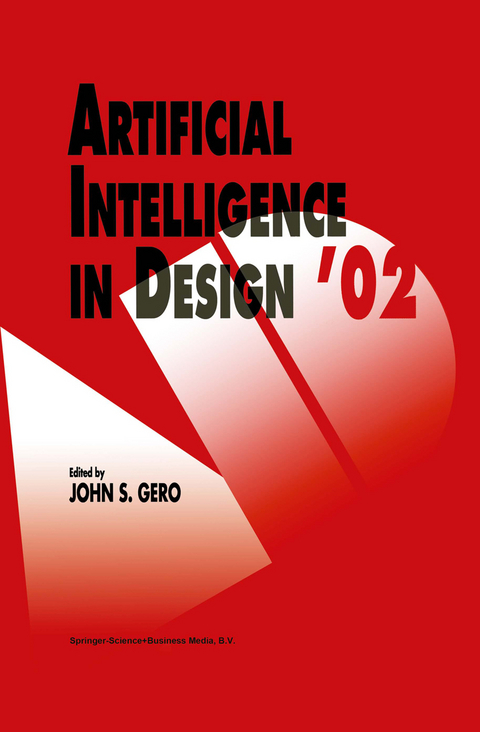
Artificial Intelligence in Design ’02
Springer-Verlag New York Inc.
978-1-4020-0716-3 (ISBN)
One of the foundations for change in our society comes from designing. Its genesis is the notion that the world around us either is unsuited to our needs or can be improved. The need for designing is driven by a society's view that it can improve or add value to human existence well beyond simple subsistence. As a consequence of designing the world which we inhabit is increasingly a designed rather than a naturally occurring one. In that sense it is an "artificial" world. Designing is a fundamental precursor to manufacturing, fabrication, construction or implementation. Design research aims to develop an understanding of designing and to produce models of designing that can be used to aid designing. Artificial intelligence has provided an environmental paradigm within which design research based on computational constructions, can be carried out. Design research can be carried out in variety of ways. It can be viewed as largely an empirical endeavour in which experiments are designed and executed in order to test some hypothesis about some design phenomenon or design behaviour. This is the approach adopted in cognitive science. It often manifests itself through the use of protocol studies of designers. The results of such research form the basis of a computational model. A second view is that design research can be carried out by positing axioms and then deriving consequences from them.
Design Synthesis.- Synthesis in designing.- A graphical notation for mixed-initiative dialogue with generative design systems.- Web-based configuration of virtual private networks with multiple suppliers.- Frameworks for Design.- Constructing design worlds.- The situated function—behaviour—structure framework.- Representational flexibility for design.- Spatial Synthesis and Analysis.- Analysis of architectural space composition using inductive logic programming.- Towards an architectural design system based on generic representations.- Digital sandbox.- Conceptual Knowledge in Design.- MMforTED: A cognitive tool fostering the acquisition of conceptual knowledge about design products.- From concept to embodiment: challenge and strategy.- Artificial intelligence for the design and grading of precious stones.- Learning from Human Designers.- Using protocol analysis to investigate collective learning in design.- 5. 8 analogies per hour.- Towards computational tools for supporting the reflective team.- Evolutionary Approaches in Design.- An evolutionary approach to the inverse problem in rule-based design representations.- Evolving three-dimensional architecture form.- Strategic shape design.- An evolutionary framework for enhancing design.- Knowledge Support for Design.- Knowledge support for customer-based design for mass customization.- Elucidating the design requirement for conventional and automated conceptual design.- Case-based design facilitated by the design exemplar.- Systemic Support.- Connectivity as a key to supporting design.- Automated (re-)design of software agents.- Automated toolset selection for feature manufacturing.- Components in Design and Design Models.- Requirements specification and automated evaluation of dynamic properties of a component-baseddesign.- Identifying component modules.- Perspectors.- Product data exchange using ontologies.- Author Index.- Contact Authors’ Email Addresses.
| Erscheint lt. Verlag | 31.7.2002 |
|---|---|
| Zusatzinfo | X, 642 p. |
| Verlagsort | New York, NY |
| Sprache | englisch |
| Maße | 155 x 235 mm |
| Themenwelt | Informatik ► Theorie / Studium ► Künstliche Intelligenz / Robotik |
| Informatik ► Weitere Themen ► CAD-Programme | |
| Technik | |
| ISBN-10 | 1-4020-0716-7 / 1402007167 |
| ISBN-13 | 978-1-4020-0716-3 / 9781402007163 |
| Zustand | Neuware |
| Informationen gemäß Produktsicherheitsverordnung (GPSR) | |
| Haben Sie eine Frage zum Produkt? |
aus dem Bereich


